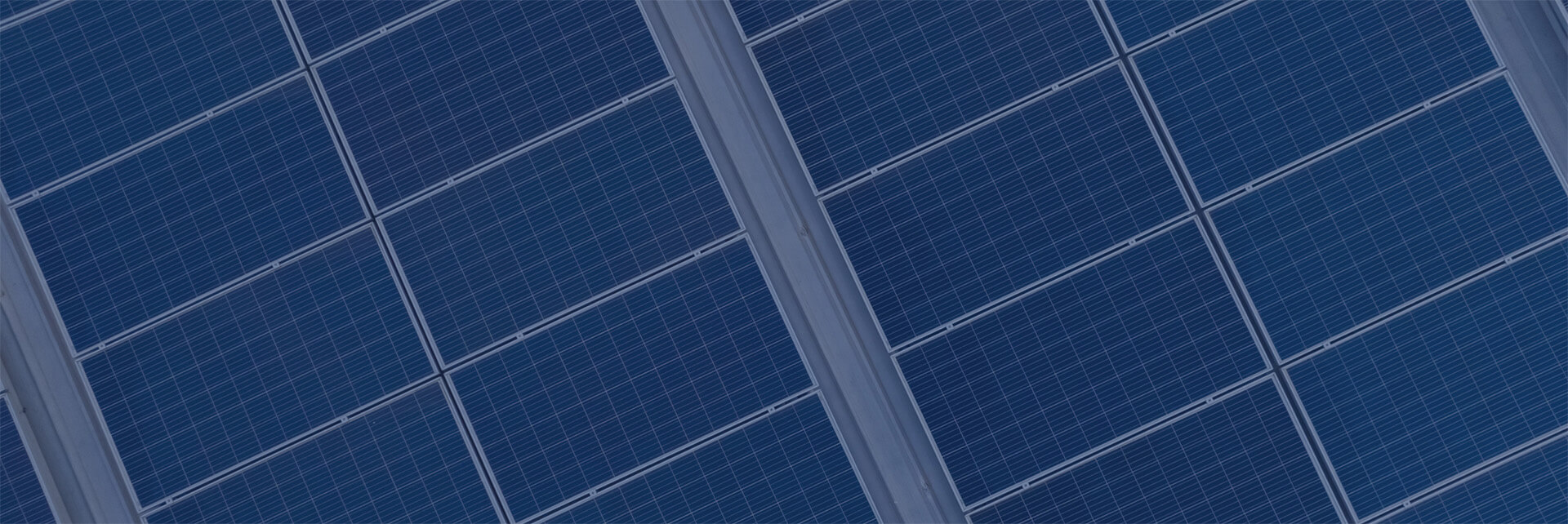Common inverter topologies
System design varies by topology, so they are not necessarily apples-to-apples comparable.
Battery based inverters
All battery based inverters require batteries. The batteries are the basis for the entire system (hence ‘battery based’). Solar energy always charges the batteries first. These systems are known as ‘DC coupled’ because the DC (ie the batteries) are the point at which the various parts (ie inverter, solar chargers, etc) couple together, or transmit energy to each other. These system have lots of discrete parts to be wired together. The low voltage battery banks can be built out of many different battery types.
- Off grid battery based inverters – cannot net meter, cannot sell back to the grid, cannot prioritize solar energy. They can take a grid connection, but they assume this is a generator and simply pass the AC energy through to the loads while taking AC energy to maintain the batteries. Can be based on 12, 24, or 48 Volt battery banks.
- Grid-tie battery based inverters – can net meter, can sell back, can prioritize solar energy. These can also generally integrate well with a generator. Based on 48 Volt battery banks. These systems offer the most overall flexibility and adaptability but carry the most complexity, size, and cost when compare to other grid-tie options. With a higher and more complex part count they also have more failure points, but the inverter technology itself has the longest track record of any options other than the off-grid battery based inverters, above.
Outback Power and Magnum Energy are two manufacturers of battery based inverters.
Batteryless grid tie inverters
No batteries or capacity for batteries at the inverter.
Grid tie only. Design for energy generation only. No backup power.
These are solar inverters; there is one conversion happening from solar power to grid power.
Simplest and least expensive option for energy generation.
Fronius, SMA, and Enphase all make grid tie inverters. They also make other types.
Hybrid inverters
Combines the function of inverter, solar controller, and battery controller all into one box.
Designed for net metering plus battery backup.
Manages multiple conversions: solar to grid, solar to battery, battery to grid, and grid to battery.
These are also DC coupled systems.
Can be installed with solar only, battery only, or solar plus battery.
Hybrid systems have high voltage battery banks (ie 400VDC) or low voltage (48VDC). Systems with high voltage batteries are usually a proprietary package. Technologically, there is no need for the batteries to be proprietary, but the market hasn’t caught up yet.
Some hybrid inverters support generator integration, others do not.
AC Coupled systems
AC coupled systems transmit energy to each other using AC power. The Tesla Powerwall is an AC coupled backup power system. It includes both an inverter and a battery in one package. An AC coupled device could be added to a batteryless grid tie inverter to achieve battery backup. There would be no generator integration or generator charging of the batteries this way.
